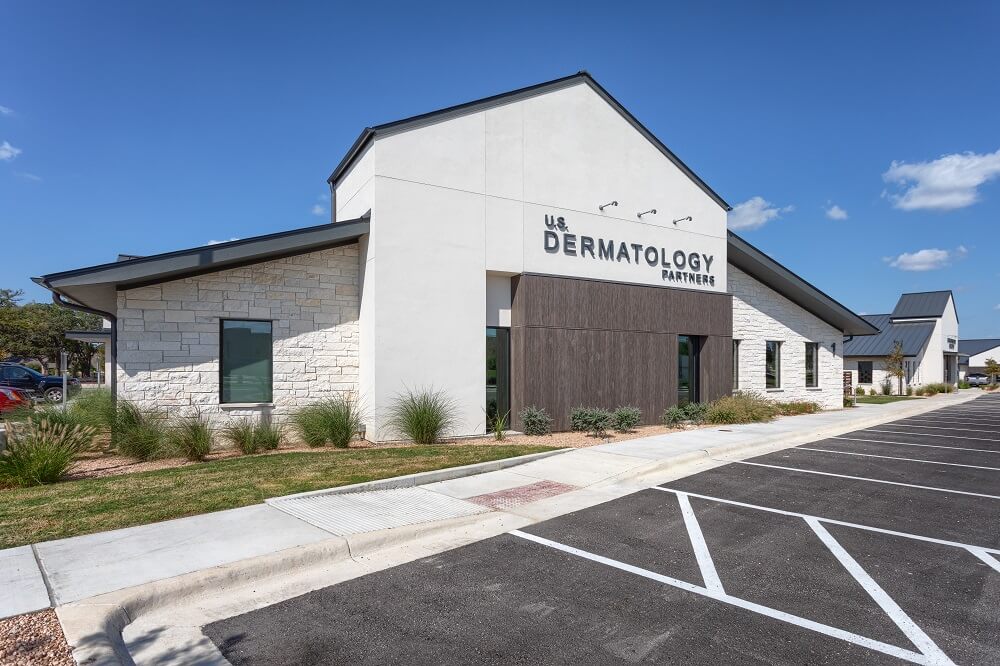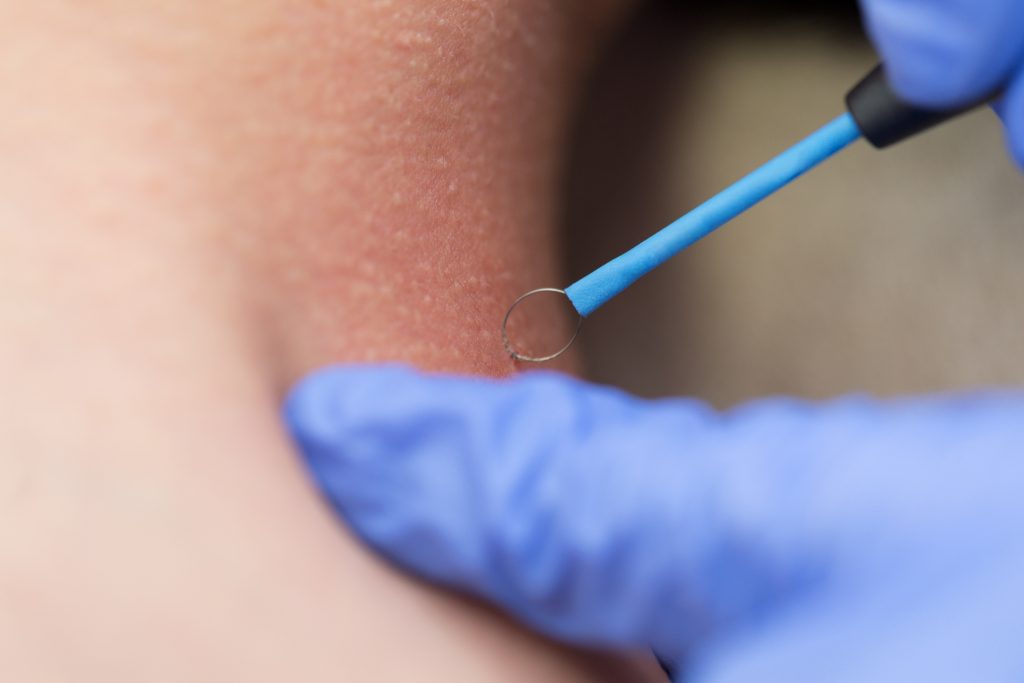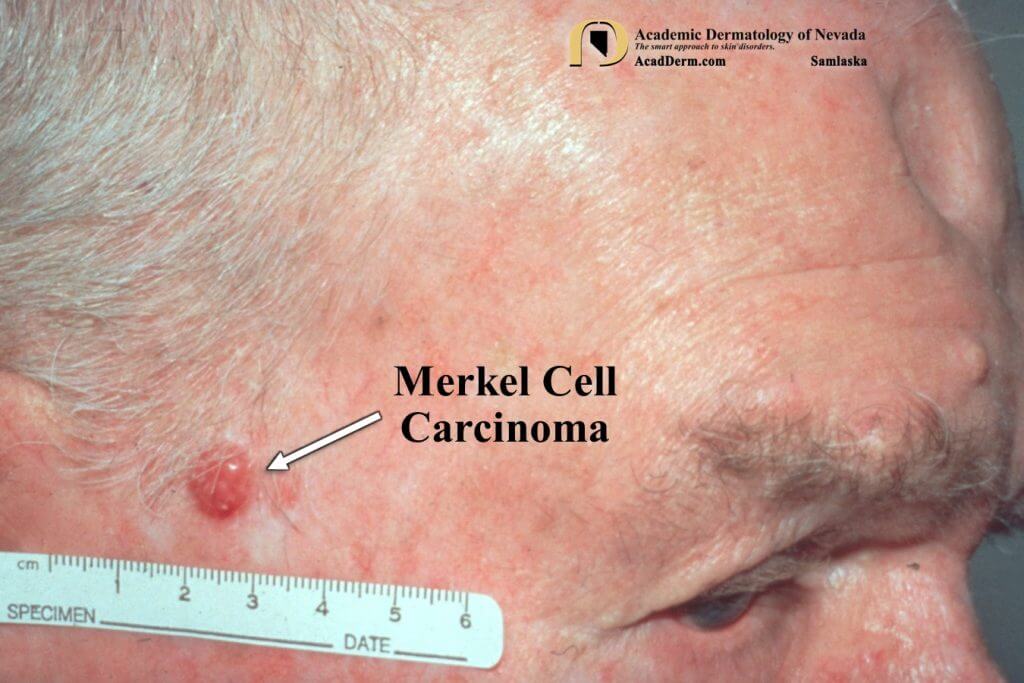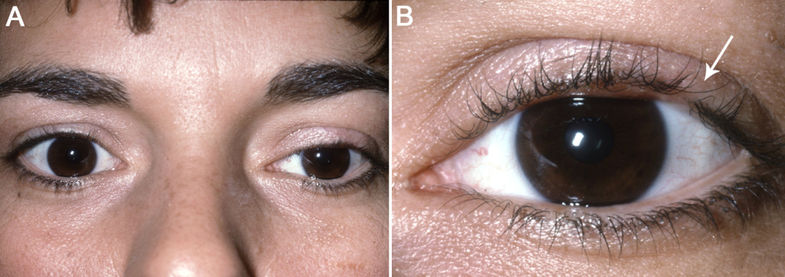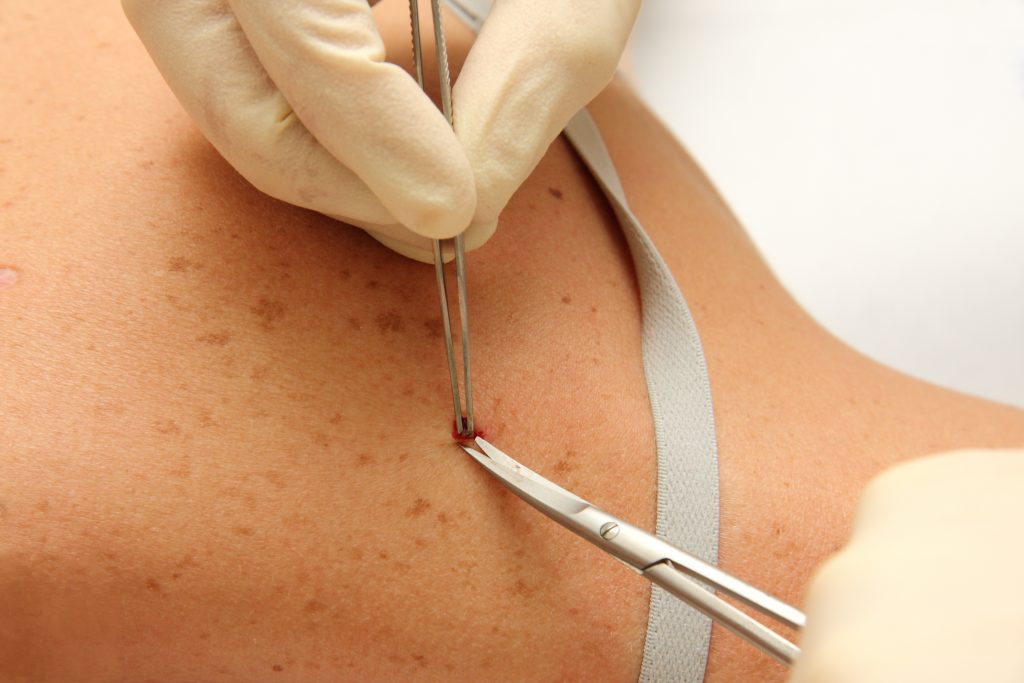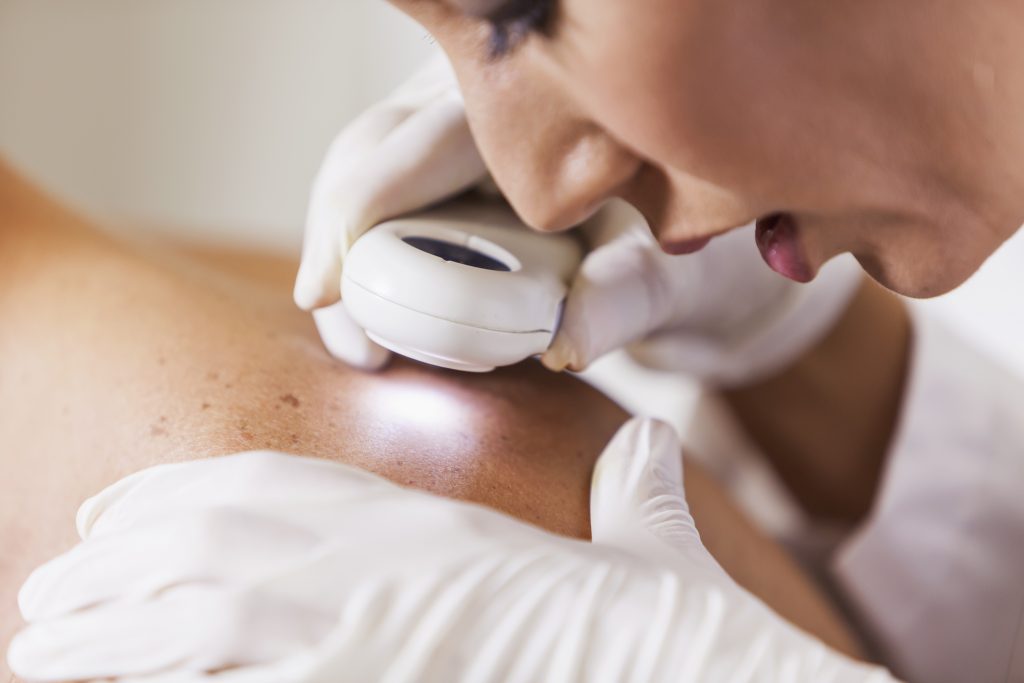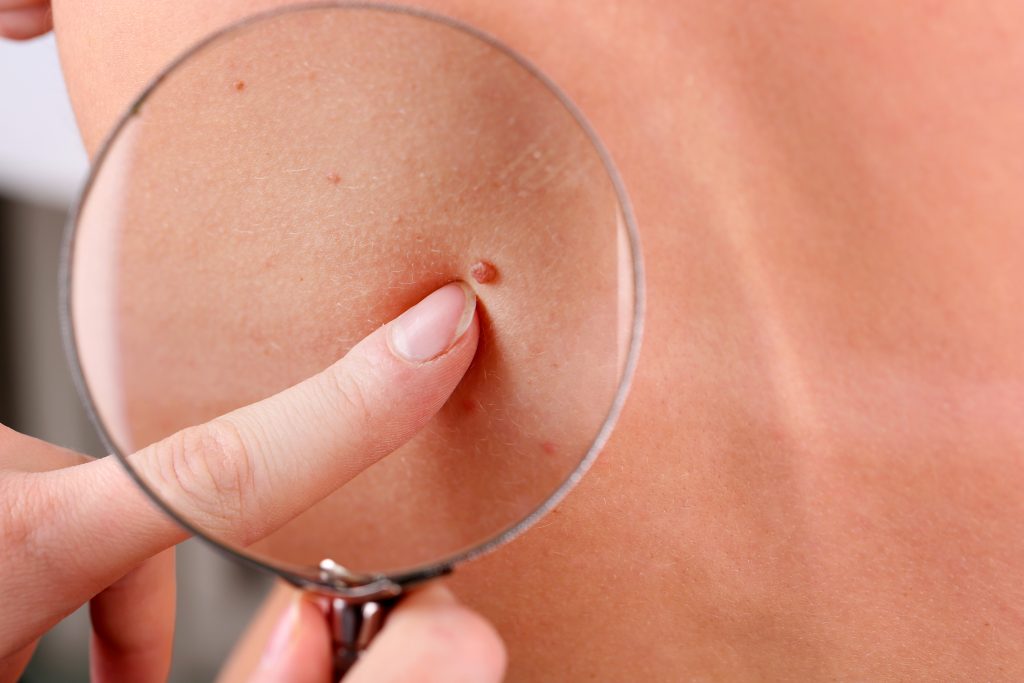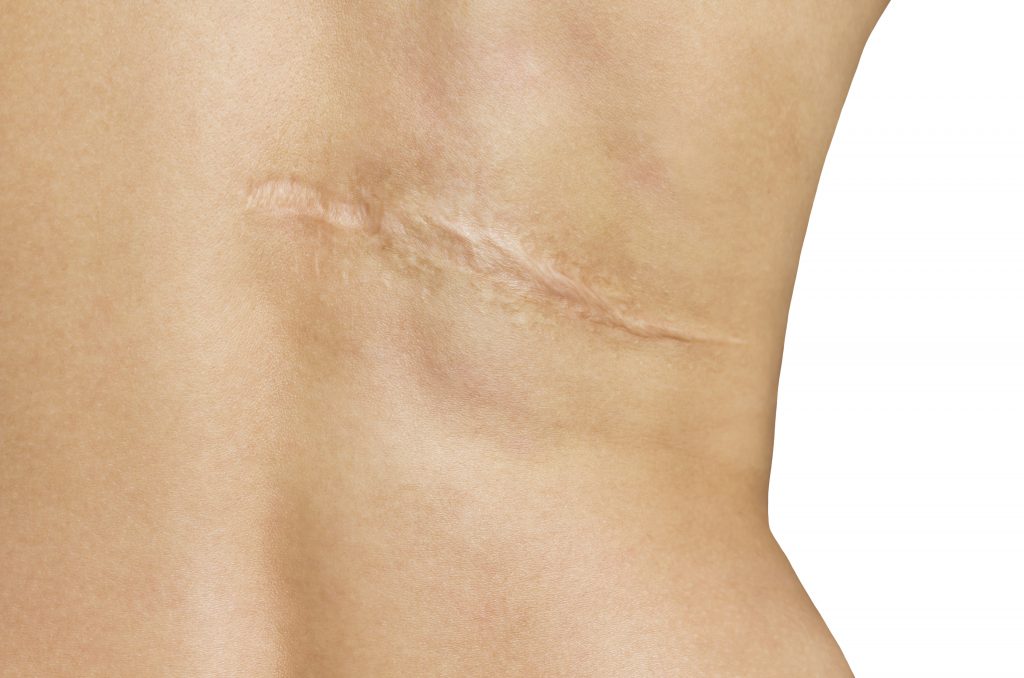Dr. Ami Shah Vira, MD serves as an expert resource for the central Texas region with a focus on ocular Mohs closures. She is board-certified in ophthalmology and fellowship trained in oculoplastics.
Dr. Shah Vira grew up in Arizona. She moved to Chicago to complete a combined engineering and medical program at the Illinois Institute of Technology (IIT) and Chicago Medical School. While at IIT, she played collegiate soccer. After graduating medical school, she completed a rigorous internship in internal medicine at Banner Good Samaritan in Phoenix, Arizona. She then completed her ophthalmology surgical residency at the University of Arizona, where she served as chief resident. After residency, she completed a highly competitive two-year dual fellowship in Neuro-ophthalmology and Oculoplastics at the highly regarded Ohio State University in Columbus, Ohio.
In addition to oculoplastics, she specializes in neuro-ophthalmological procedures with a particular expertise in thyroid eye disease, orbital decompression, double vision (strabismus), idiopathic intracranial hypertension (pseudotumor cerebri) and optic nerve sheath fenestrations. Dr. Shah Vira also specializes in all facets of oculoplastic surgery including upper and lower blepharoplasty (eyelid surgery), brow lifts, and mid facelifts. Dr. Shah Vira is committed to giving every patient fantastic, natural, and lasting results.
Dr. Ami Shah Vira is board certified with the American Board of Ophthalmology. She is a member of the American Academy of Ophthalmology, North American Neuro-Ophthalmology Society, Fellow of American College of Surgeons, and Austin Ophthalmology Society. She has been voted as a Top Doctor Rising Star in Texas and as Austin Top Doctors. In her spare time, she enjoys spending time with her family, exercising, and playing the piano.
Dr. Ami Shah Vira will practice at U.S. Dermatology Partners Cedar Park and is accepting new patients. Contact our office today to book your appointment!
Specialties and Affiliations
- Fellow, American College of Surgeons
- North American Neuro-Ophthalmology Society
- American Academy of Ophthalmology
- Austin Ophthalmological Society


